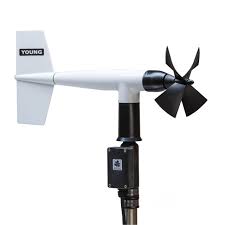Planning an Electricity Monitoring Installation
Sensors,
Meters, and Apps
If you want to reduce your electricity bill, understanding what contributes to your electricity bill – and when – is crucial. An energy management system, properly planned and configured, will do the job. But how do you tackle the project, given seemingly unlimited options for designing a system for your home or business?
A simple project would involve a building with one electrical panel. Current transducers (CTs) clamp around the main feeds from the utility. You could monitor all the circuits and have a complete understanding of your electricity use. If you choose to monitor only the large loads, you’ll have a category of unmonitored power.
Buildings with Multiple Electrical Panels
If you have a main panel and subpanels, you have even more options. You can monitor the subpanel circuit from the main panel, and you'll know the entire electricity use for that subpanel. Or, you can have an electricity meter inside the subpanel too, and monitor the circuits there. You'll want to avoid monitoring the subpanel feed in your main panel if you have CTs in the subpanel. Doing so would count your subpanel's electricity use twice.
For buildings with two main panels, you will want to monitor all of the utility feeds. You may see this situation with a 400A service feeding two 200A main panels.
If you have solar, place CTs around the AC side of your inverter. Solar is typically connected to the electrical panel via a circuit, or it is grid-tied. In either case, by monitoring your electricity use and solar production, you can see your production, use, and net all on the same dashboard.
Most businesses, and some homes, will have a critical load panel and transfer switch. The switch will detect when the building is not receiving utility electricity and trigger the generator to power the electrical system. At a minimum, you should monitor where it connects to your electrical system. Ideally, you would monitor the feed from the generator and the loads in the panel it services.
For businesses or operations with complicated electrical systems, single line drawings and electrical schedules can help you or the energy management provider design the appropriate configuration.
Helpful Tips on Networks
Gateways use the building's network to send the data to the cloud servers. Some energy monitors have integrated gateways. Other gateways are a separate piece of hardware. Gateways will likely have the option of connecting to a network via ethernet or wireless. If the gateway does not have a wireless option, select an ethernet-to-wireless device. This device will connect to the gateway via ethernet, and then connect to the network wirelessly.
If your organization has an IT department, let them know about the install ahead of time. Typically, the IT department will need to provision the gateway to allow it to send data to the cloud.
Installation
An electrician familiar with your home or business’s electrical system should do the installation. Expect about 1-2 hours per electrical panel. The electrician will need to record the CT number along with the circuit breaker description.
Summary
If you have questions about designing a monitoring configuration for your home or business, please contact PowerWise. We design these systems every day. Call +1-207-370-6517 or email sales@powerwisesystems.com.
Recent Posts
All Blog Posts >>
About PowerWise
PowerWise is a proven innovator of monitoring and control technology.
